Home>Construction & Tools>Building Materials>How Many Grams Are In A Brick
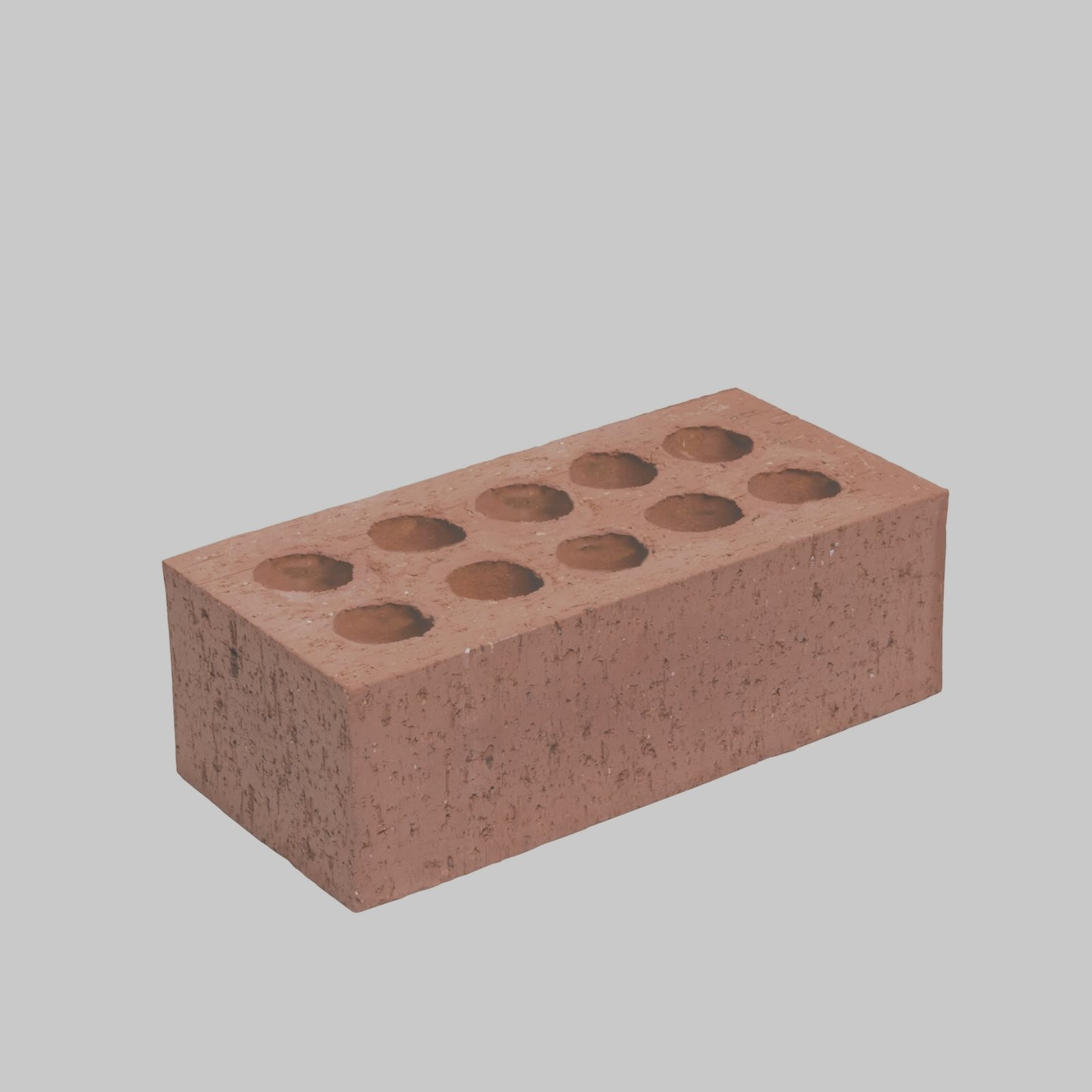

Building Materials
How Many Grams Are In A Brick
Published: January 21, 2024
Discover the weight of a standard brick with our comprehensive guide. Learn how many grams make up this essential building material. Gain insights on brick measurements and more!
(Many of the links in this article redirect to a specific reviewed product. Your purchase of these products through affiliate links helps to generate commission for Storables.com, at no extra cost. Learn more)
Introduction
Read more: How Many Grams Is A Shot Glass
Understanding the Weight of a Brick
Bricks have been an essential building material for centuries, providing strength, durability, and a timeless aesthetic to various structures. Understanding the weight of a brick is crucial for construction projects, as it impacts transportation, handling, and load-bearing capacity. In this article, we will delve into the intricacies of brick weight, exploring common weights, factors affecting weight variations, and the significance of this fundamental aspect in construction.
The weight of a brick is a pivotal consideration for architects, engineers, and builders, influencing the structural integrity and overall feasibility of a construction endeavor. By comprehending the factors that contribute to the weight of bricks, professionals can make informed decisions and ensure the safety and longevity of their projects.
Join us as we uncover the mysteries behind the weight of a brick, shedding light on its importance and the variables that shape this fundamental characteristic. Whether you are a seasoned construction expert or an enthusiast eager to expand your knowledge, this exploration will provide valuable insights into the world of building materials. Let's embark on this enlightening journey to unravel the weight of a brick and its profound impact on the construction industry.
Read more: How Many Grams Is A Shot Glass
Understanding the Weight of a Brick
Bricks are renowned for their durability, versatility, and timeless appeal in construction. Understanding the weight of a brick is essential for professionals in the building industry, as it directly influences structural design, material handling, and load-bearing capacity. The weight of a standard brick can vary based on several factors, including its composition, size, and intended application.
Typically, the weight of a standard brick ranges from 3.5 to 5 pounds (1.59 to 2.27 kilograms). However, variations exist based on regional preferences, manufacturing techniques, and specific project requirements. The weight of a brick is primarily influenced by the materials used in its production, with clay and concrete being the most common constituents.
Clay bricks, crafted from natural clay that is kiln-fired to attain strength and durability, generally weigh between 4.5 to 5.5 pounds (2.04 to 2.49 kilograms). On the other hand, concrete bricks, manufactured from a blend of cement, aggregate, and water, typically weigh between 3.5 to 4.5 pounds (1.59 to 2.04 kilograms). These variations in weight cater to diverse construction needs, allowing for flexibility in design and structural requirements.
Moreover, the size and dimensions of a brick significantly impact its weight. Standard brick sizes include modular, jumbo, and king, each with distinct dimensions that contribute to varying weights. The thickness of a brick also plays a role in its weight, with thicker bricks naturally being heavier due to the increased material volume.
Understanding the weight of a brick extends beyond mere numerical values; it encompasses the intricate interplay of material composition, manufacturing processes, and industry standards. By grasping the nuances of brick weight, professionals can make informed decisions regarding material selection, structural design, and logistical considerations, ultimately contributing to the success and safety of construction projects.
As we delve deeper into the world of brick weight, we will explore common weights of bricks, factors influencing weight variations, and the significance of this fundamental aspect in construction. Join us in unraveling the mysteries behind the weight of a brick and its profound impact on the built environment.
Common Weights of Bricks
Bricks are available in a diverse range of weights, catering to the specific requirements of various construction projects. Understanding the common weights of bricks is essential for architects, builders, and engineers, as it directly influences structural integrity, transportation logistics, and installation processes.
The weight of a standard brick is typically influenced by its composition, size, and manufacturing techniques. Clay bricks, renowned for their durability and aesthetic appeal, commonly weigh between 4.5 to 5.5 pounds (2.04 to 2.49 kilograms). These variations in weight are attributed to the density of the clay, the firing process, and the specific dimensions of the brick. Conversely, concrete bricks, known for their strength and cost-effectiveness, generally weigh between 3.5 to 4.5 pounds (1.59 to 2.04 kilograms), reflecting the lighter nature of concrete-based materials.
Additionally, the size and dimensions of bricks contribute to their weight variations. Modular bricks, the most commonly used size in construction, typically weigh around 4.5 pounds (2.04 kilograms). Jumbo bricks, larger in size and often preferred for specific architectural designs, can weigh between 5.5 to 6.5 pounds (2.49 to 2.95 kilograms). King-sized bricks, characterized by their substantial dimensions, may weigh approximately 9 to 10 pounds (4.08 to 4.54 kilograms). These diverse sizes and corresponding weights offer flexibility in design and construction, allowing professionals to tailor their material selection to meet project specifications.
Furthermore, specialized bricks, such as fire bricks and pavers, exhibit unique weight characteristics. Fire bricks, designed to withstand high temperatures and thermal shock, typically weigh between 6 to 8 pounds (2.72 to 3.63 kilograms), reflecting their dense and heat-resistant composition. Pavers, utilized for hardscaping and outdoor applications, vary in weight based on their specific design and intended use, with typical weights ranging from 5 to 8 pounds (2.27 to 3.63 kilograms).
By comprehending the common weights of bricks, professionals can make informed decisions regarding material selection, structural design, and logistical planning. These weight variations enable the customization of construction projects, ensuring that the chosen bricks align with the desired aesthetic, structural, and functional objectives. As we continue to explore the intricacies of brick weight, we will delve into the factors influencing weight variations and the significance of this fundamental aspect in construction. Join us in unraveling the mysteries behind the weight of a brick and its profound impact on the built environment.
A standard brick weighs about 4.5 pounds, which is equivalent to 2.04 kilograms or 2040 grams.
Factors Affecting the Weight of a Brick
The weight of a brick is influenced by a multitude of factors, encompassing material composition, size, manufacturing processes, and specialized variations. Understanding these factors is crucial for professionals in the construction industry, as it enables informed decision-making and meticulous planning for diverse building projects.
Material composition stands as a primary determinant of brick weight. Clay bricks, derived from natural clay and subjected to high-temperature firing, typically exhibit a weight range of 4.5 to 5.5 pounds (2.04 to 2.49 kilograms) due to the density and composition of the clay. Conversely, concrete bricks, formulated from a blend of cement, aggregate, and water, generally weigh between 3.5 to 4.5 pounds (1.59 to 2.04 kilograms), reflecting the lighter nature of concrete-based materials.
The size and dimensions of a brick significantly impact its weight. Standard brick sizes, including modular, jumbo, and king variants, offer diverse weight characteristics to accommodate specific design and structural requirements. The thickness of a brick also contributes to its weight, with thicker bricks naturally being heavier due to the increased material volume. These size-related variations empower professionals to select bricks that align with the load-bearing needs and aesthetic preferences of their projects.
Manufacturing processes play a pivotal role in determining the weight of a brick. The firing duration and temperature for clay bricks, as well as the curing process for concrete bricks, directly influence their density and, consequently, their weight. Additionally, specialized bricks, such as fire bricks and pavers, undergo unique manufacturing techniques to imbue them with distinct weight characteristics tailored to their intended applications.
Geographical and regional preferences also contribute to weight disparities in bricks. Different regions may favor specific brick compositions and manufacturing methods, leading to variations in average brick weights. These regional nuances reflect the diverse architectural traditions, climate considerations, and material availability that shape the construction landscape.
Furthermore, advancements in brick manufacturing technologies and the introduction of innovative materials have introduced modern variations with unique weight profiles. Lightweight bricks, engineered to reduce overall structural load and enhance energy efficiency, have gained prominence in contemporary construction practices, offering a compelling alternative to traditional heavier bricks.
By comprehensively understanding the factors affecting the weight of bricks, professionals can navigate the intricate landscape of material selection, structural design, and project execution with precision and foresight. These insights empower them to harness the diverse weight characteristics of bricks to realize architectural visions while ensuring structural integrity and longevity. As we unravel the mysteries behind the weight of a brick, we will further explore the significance of this fundamental aspect in construction. Join us in delving deeper into the profound impact of brick weight on the built environment.
Read more: How Many Grams In A Seed Packet
Conclusion
Exploring the weight of bricks unveils a captivating tapestry of material intricacies, structural considerations, and regional nuances that shape the construction landscape. From the timeless appeal of clay bricks to the robust efficiency of concrete variants, the weight of a brick serves as a foundational element influencing architectural design, load-bearing capacity, and logistical planning.
Understanding the weight of a brick extends far beyond numerical values; it embodies the convergence of material composition, size variations, manufacturing techniques, and regional preferences. By comprehending these factors, professionals in the construction industry can make informed decisions, ensuring that the selected bricks align with the structural, aesthetic, and functional objectives of their projects.
The common weights of bricks, ranging from 3.5 to 5.5 pounds (1.59 to 2.49 kilograms) for standard clay and concrete variants, offer a spectrum of options to accommodate diverse construction needs. These weights, coupled with the array of brick sizes and specialized variations, empower architects, builders, and engineers to tailor their material selection to meet the unique demands of each project, fostering creativity and structural integrity.
Furthermore, the factors affecting the weight of a brick, including material composition, size, manufacturing processes, regional preferences, and modern innovations, underscore the dynamic nature of the construction industry. By embracing these factors, professionals can navigate the evolving landscape of building materials, leveraging the diverse weight characteristics of bricks to realize architectural visions while ensuring structural resilience and longevity.
As we conclude this exploration, it becomes evident that the weight of a brick is not merely a numerical attribute; it is a reflection of centuries-old traditions, cutting-edge innovations, and the enduring legacy of bricks in construction. Embracing the weight of bricks as a cornerstone of architectural excellence, professionals can embark on a journey of creativity, precision, and sustainable construction practices, shaping the built environment for generations to come.
Join us in celebrating the profound impact of brick weight on the construction industry, where tradition meets innovation, and structural prowess intertwines with artistic vision.
Frequently Asked Questions about How Many Grams Are In A Brick
Was this page helpful?
At Storables.com, we guarantee accurate and reliable information. Our content, validated by Expert Board Contributors, is crafted following stringent Editorial Policies. We're committed to providing you with well-researched, expert-backed insights for all your informational needs.


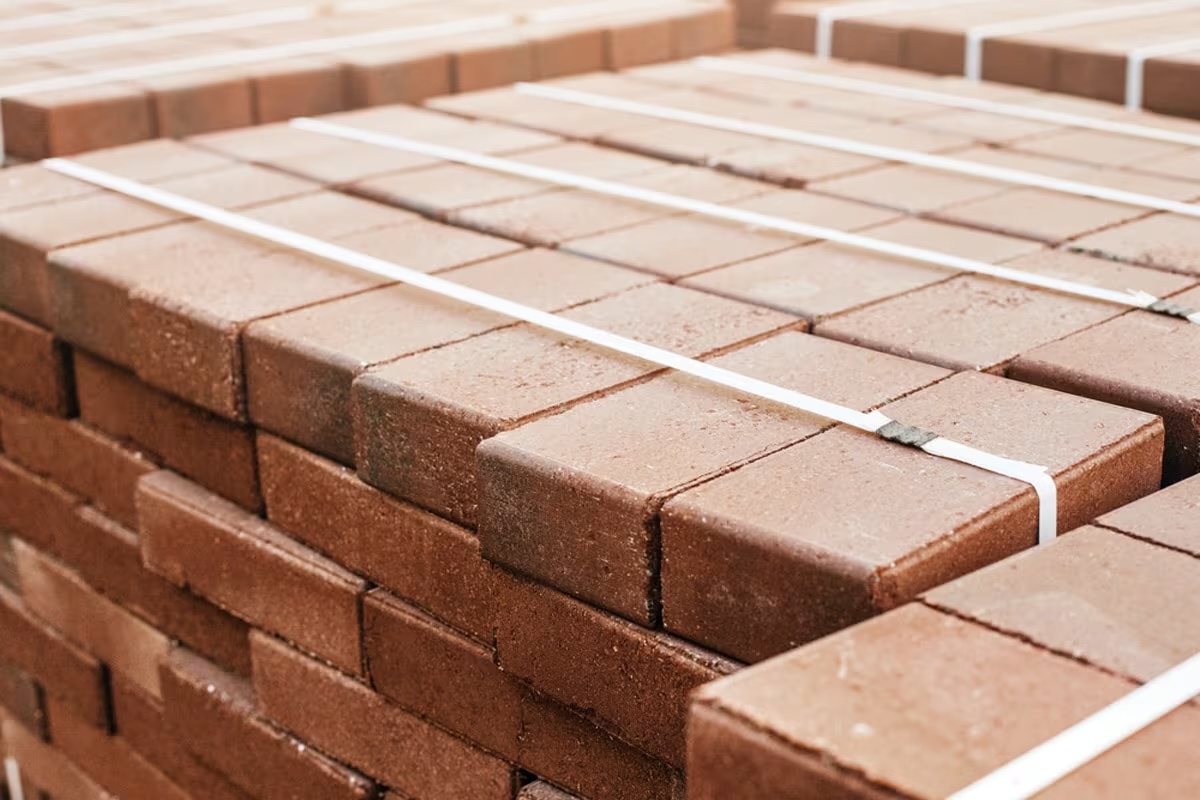





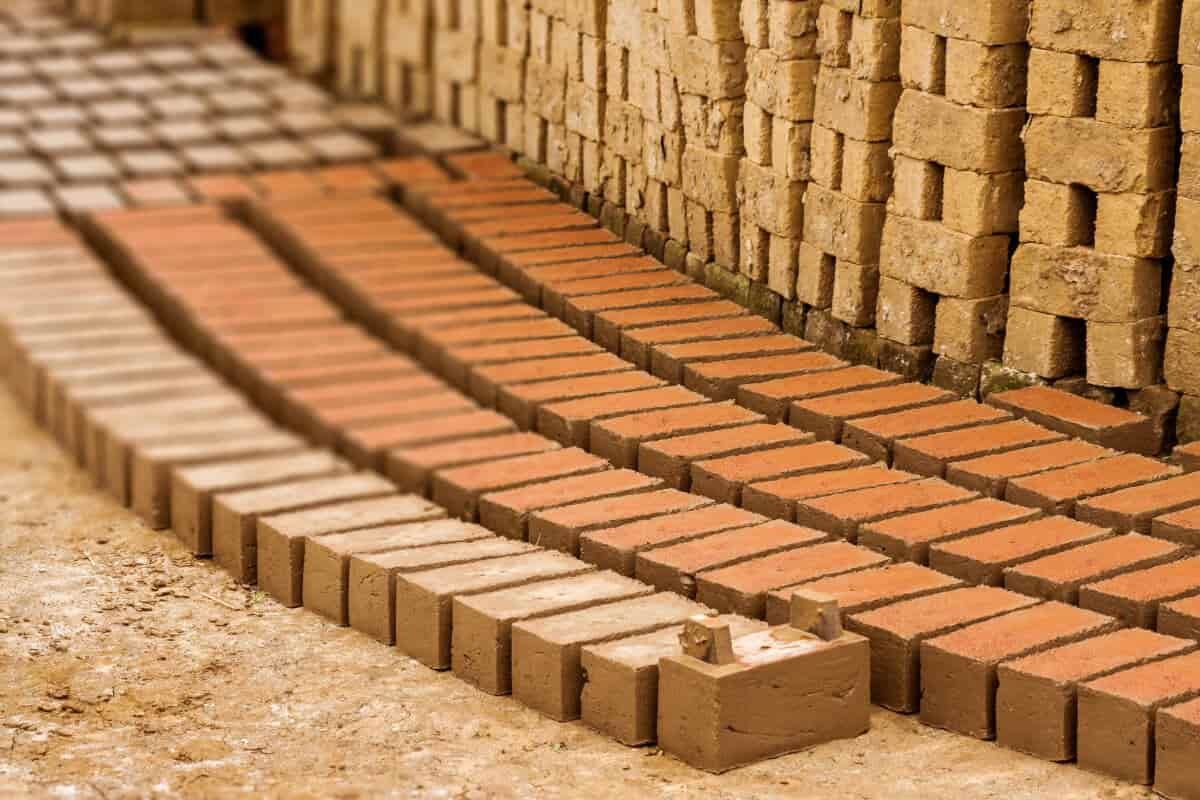


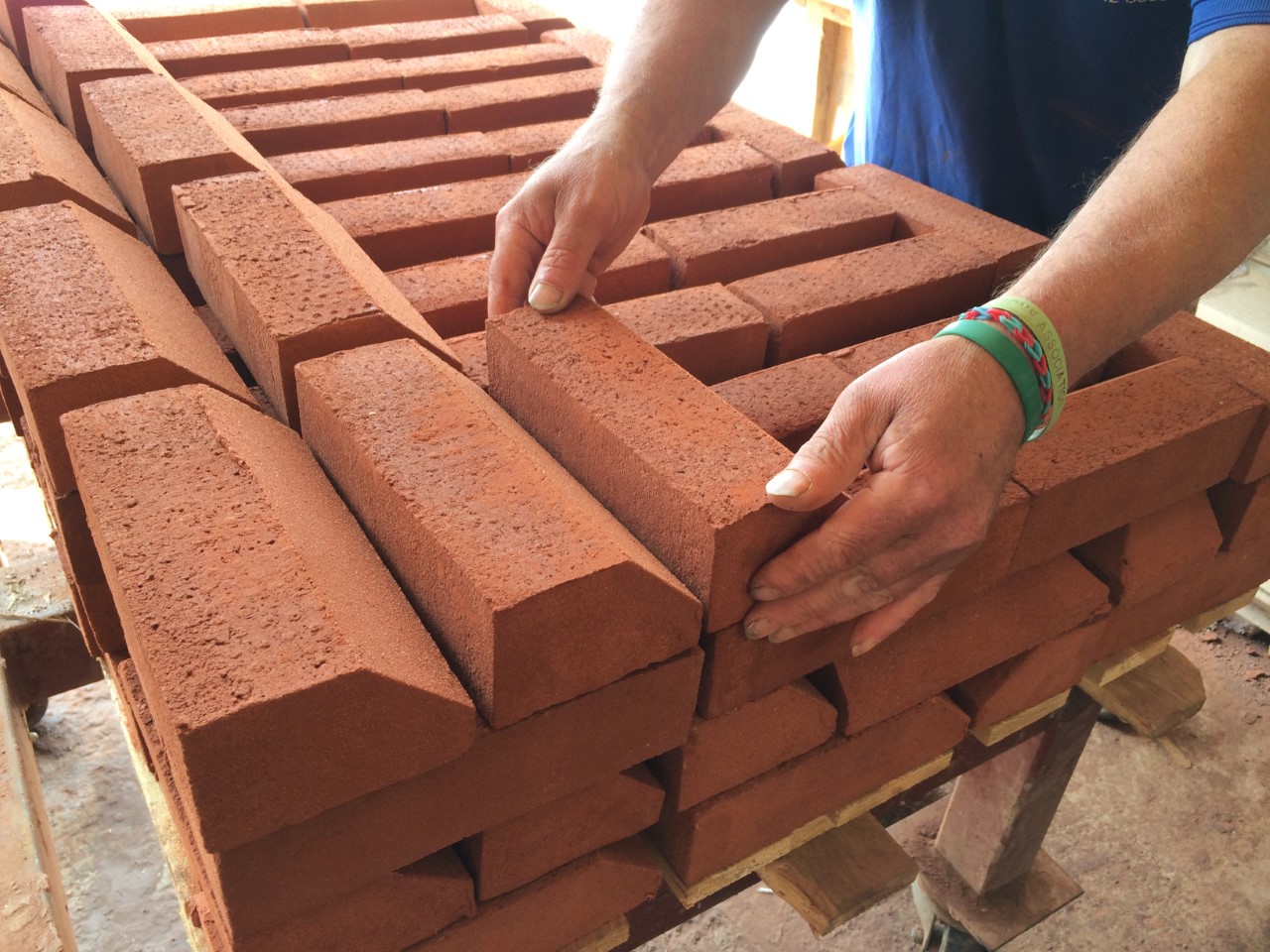
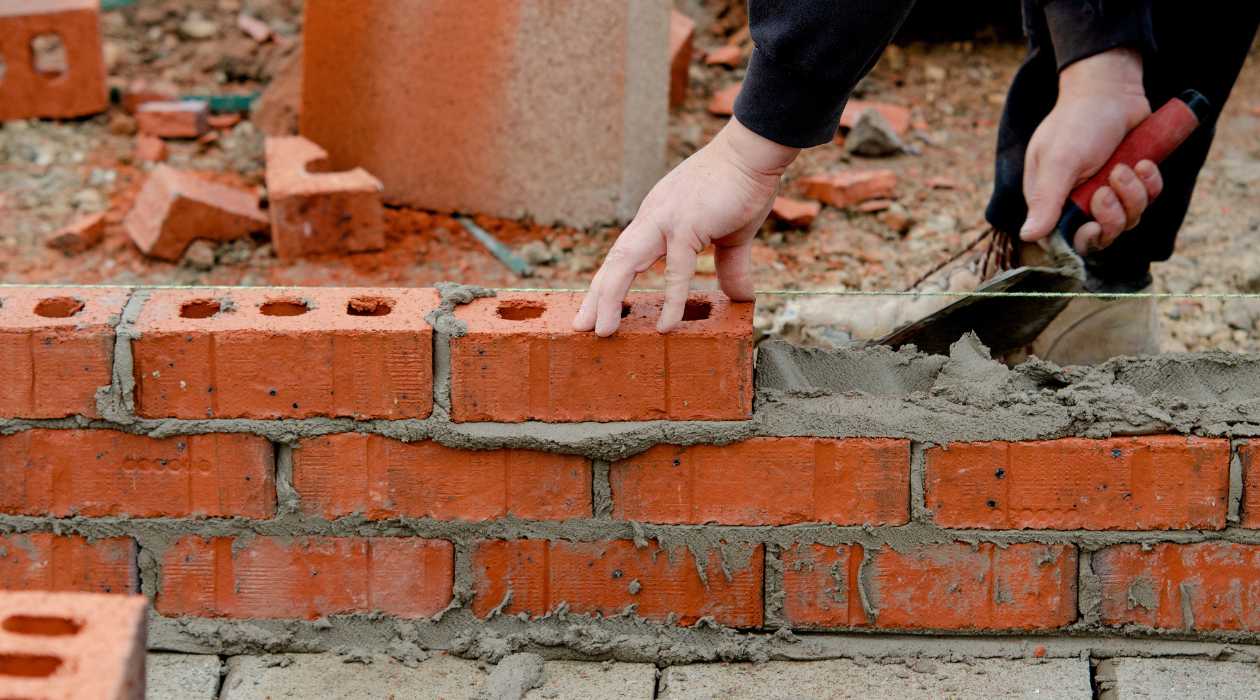


0 thoughts on “How Many Grams Are In A Brick”